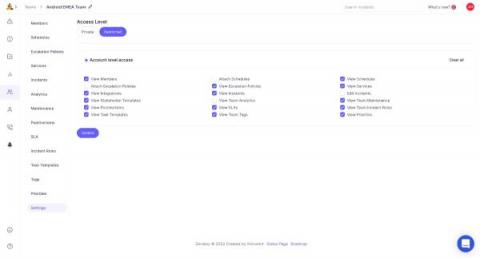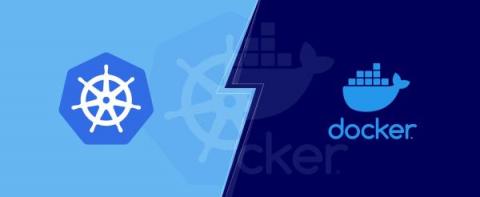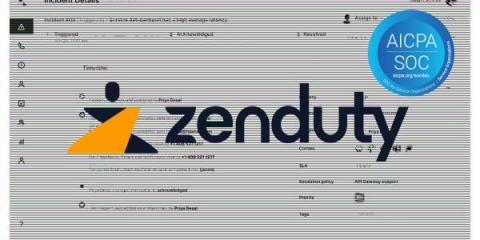Operations | Monitoring | ITSM | DevOps | Cloud
Zenduty
Scaling Your Web Application: A Guide to Scaling for High Performance
If you’re familiar with the frustration of dealing with a poorly constructed web application or the challenges of providing tech support, you understand the importance of building a high-performing and scalable web application. However, with the numerous considerations involved, it can be overwhelming to determine the starting point. This article aims to provide guidance on how to avoid common pitfalls that negatively impact user experience and waste resources.
The Inevitable - Failures in Distributed Systems
Experiencing failure at scale is as the popular Marvel character Thanos would say “Inevitable”. Memory leaks, software or hardware or network I/O failures are just a few. It’s a problem of simple mathematics, the probability of failing rises as the total number of operations performed increases. With each component used to scale the application, the failure quotient increases. So how do you tackle this so-called “Inevitable” problem that comes with scaling?
Data Aggregation
TL;DR: Data aggregation is the process of collecting and organizing large sets of data from multiple sources in order to provide a comprehensive view of a particular situation or system. It allows organizations to better understand and make sense of the vast amount of data being generated in the modern, highly connected world.
"Just get on with it!" - The Horrors of Task Prioritization
Learn how to prioritize tasks, get stuff moving by performing non-blocker tasks first, effectively create postmortems, perform RCAs faster and not have an overburdened high priority(P0) dashboard. The below article should help you plan your product/feature launch faster without having to compromise on the reliability of the existing services.
Coming Soon - Role based access control(RBAC) on Zenduty
Over the last few quarters a couple of interesting patterns have emerged amongst our larger customers who are looking to catalyze cross-team collaboration during a major incident spanning members from multiple teams.
What should you choose? Docker Swarm vs Kubernetes
Since the introduction of containerisation by Linux many years ago, maturity has shifted from the traditional virtual machine to these containers. These tools have made application development much easier than the initial process. Docker Swarm and Kubernetes came into action when the number of containers increased within a system, they helped orchestrate these containers. A question that arises is, which one is the better option?
Engineering Manager from a non-STEM background?
There is a long list of requirements a hiring manager looks at before hiring an Engineering Manager, there needs to be a balance between technical and leadership skills to perform well in the position. Engineering Manager roles differ from company to company. It is hard to list what a day in an engineering manager’s life looks like.
Zenduty's Commitment to Security; Soc 2 Type 2
Security is a major requirement while dealing with SAAS companies across the globe. As a service provider to leading companies globally YellowAnt is fully committed to provide the best in class security compliance, in lieu of that we on May 31, 2022 have become Soc2 Type II compliant. It is integral to maintain our customers’ trust by keeping their data safe and secure.











